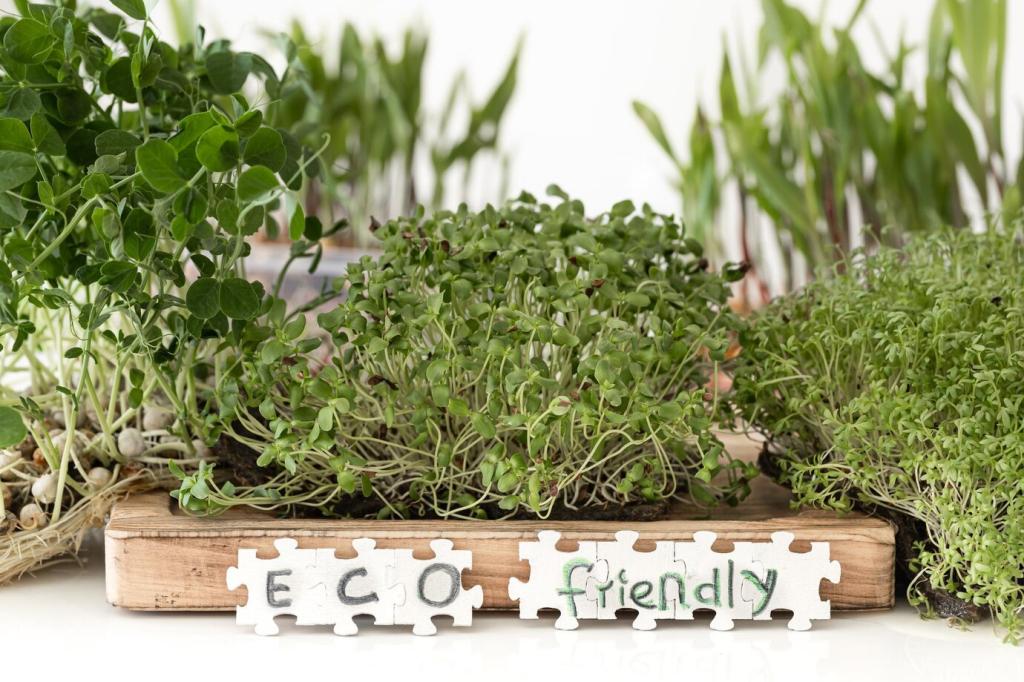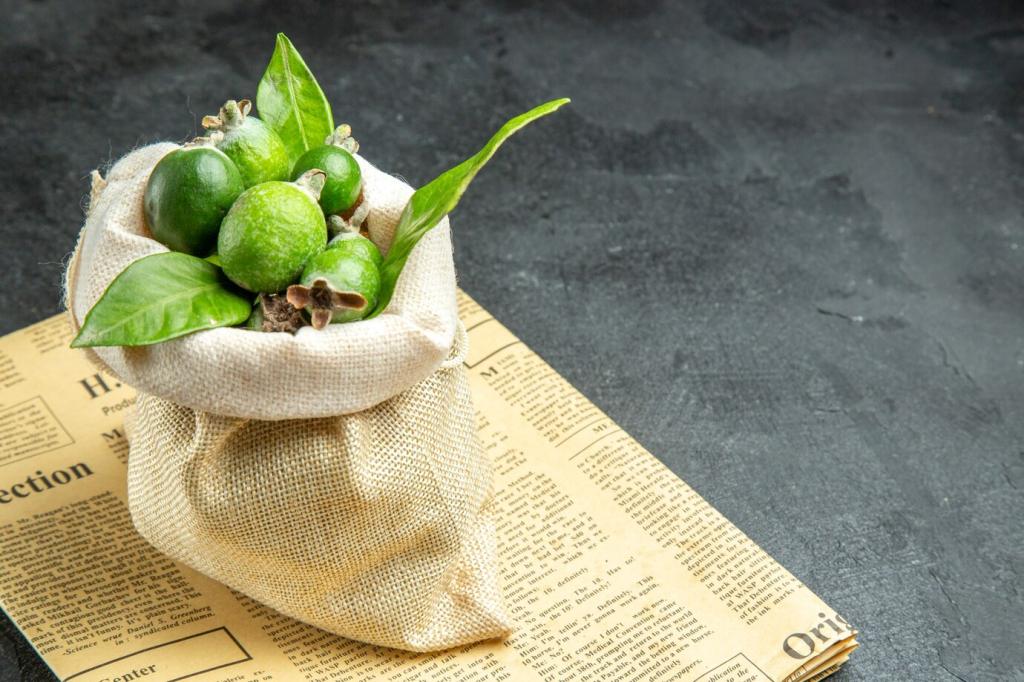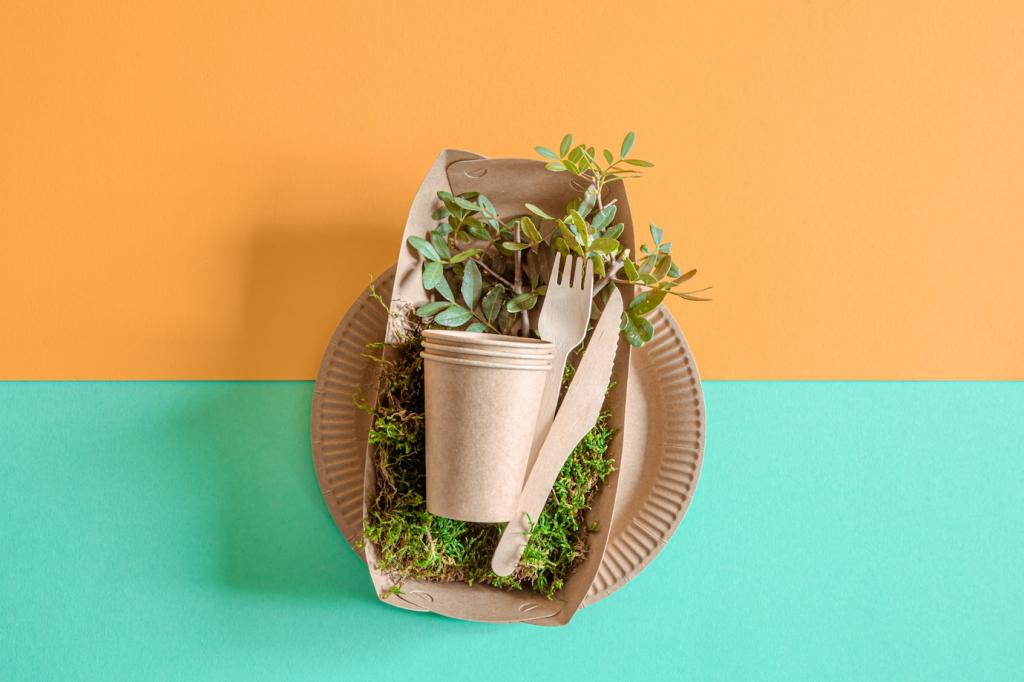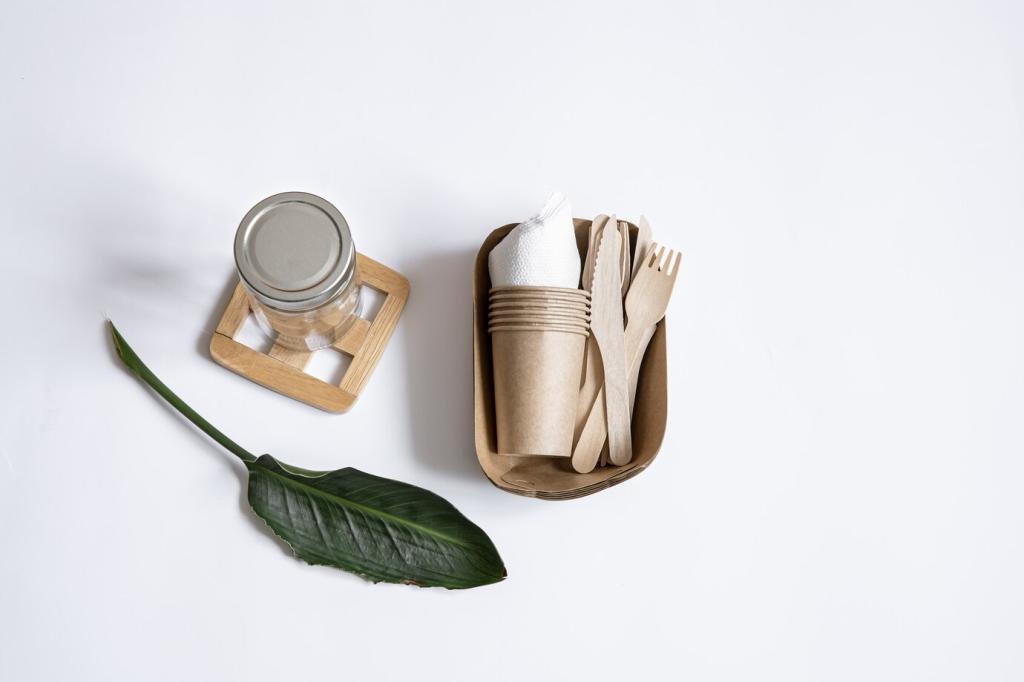Sourcing, Standards, and Health
Environmental Product Declarations summarize verified impacts from cradle to gate or grave. Compare categories like global warming potential, eutrophication, and acidification, then match products to your project’s carbon and resilience goals.
Sourcing, Standards, and Health
Prefer no-added-formaldehyde resins, water-based finishes, and Declare or Greenguard certifications. Low-emission products protect occupants, simplify compliance, and keep the promise of sustainability from undermining your interior air quality.






